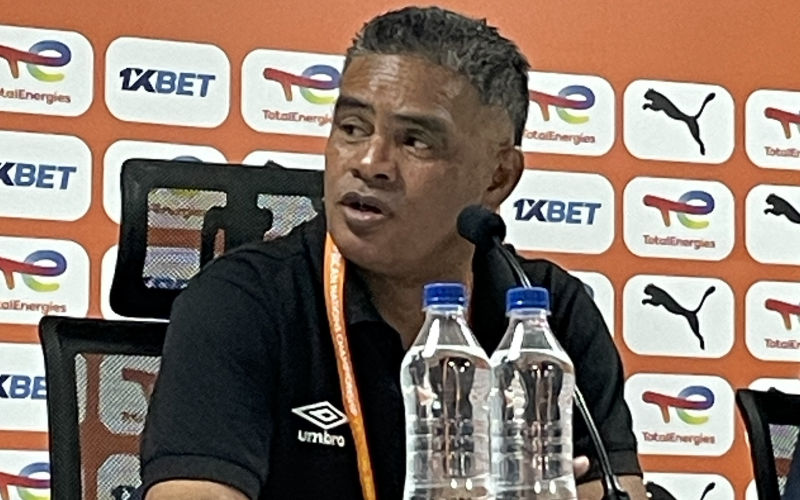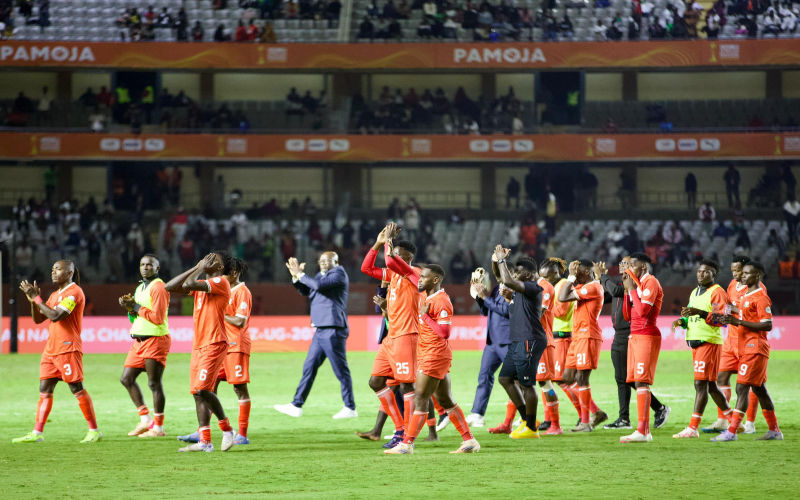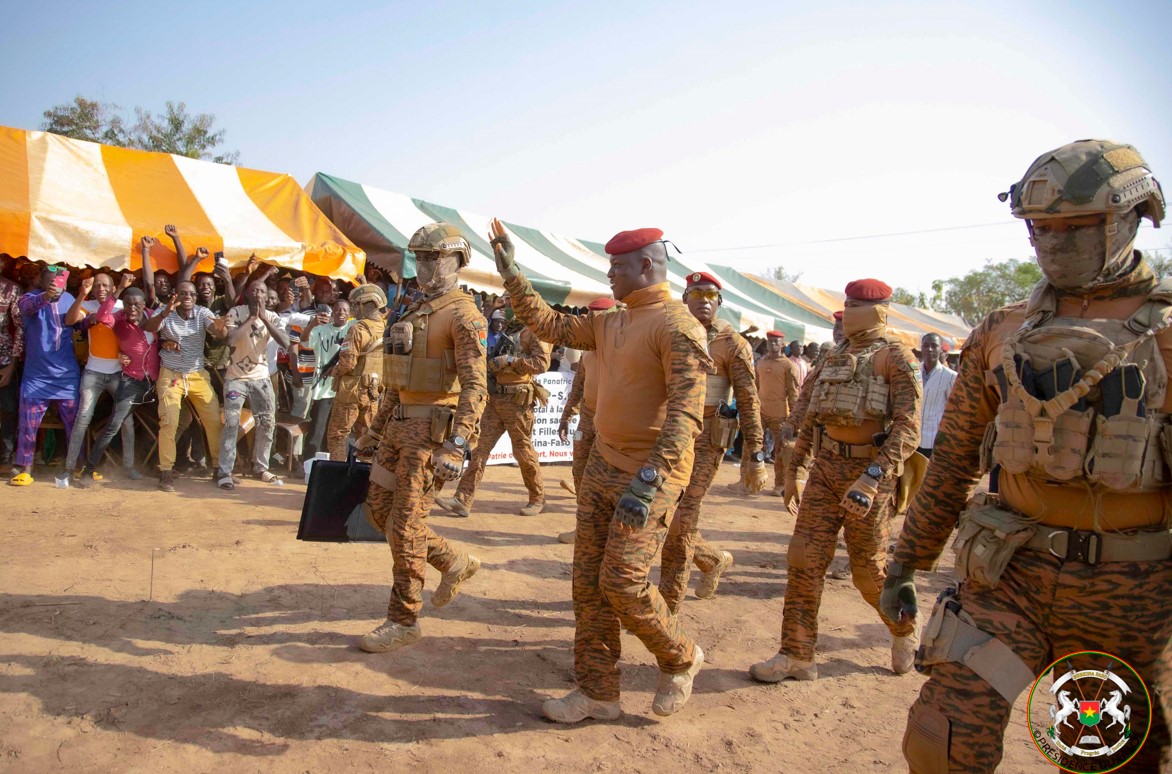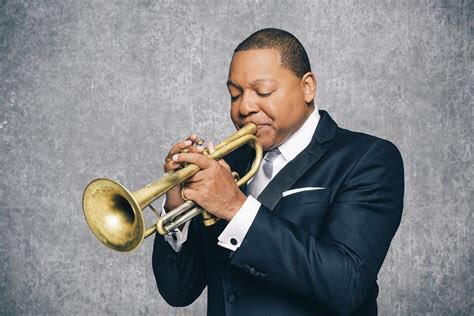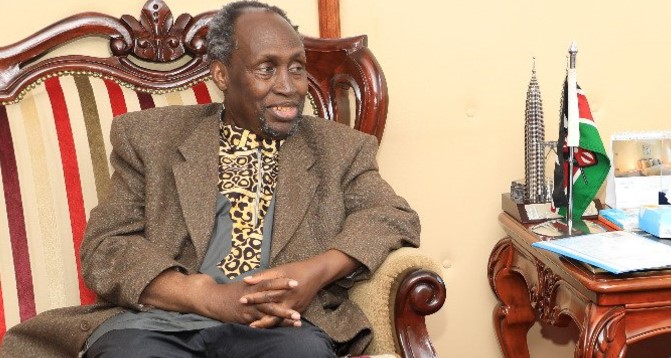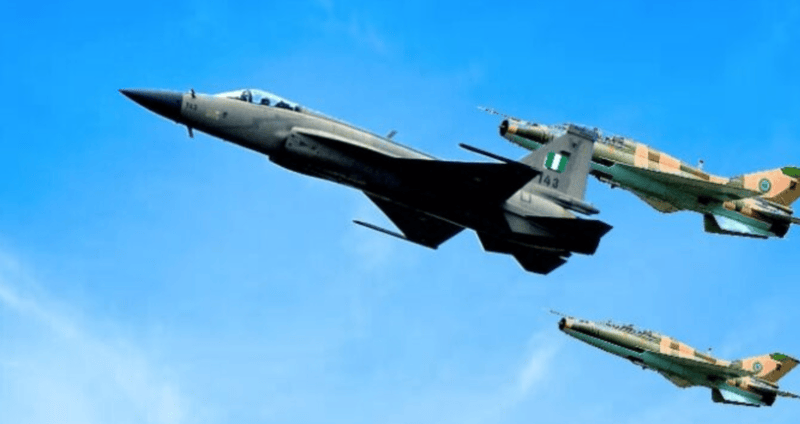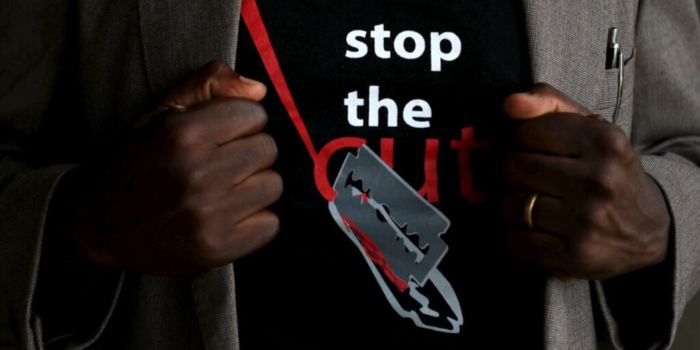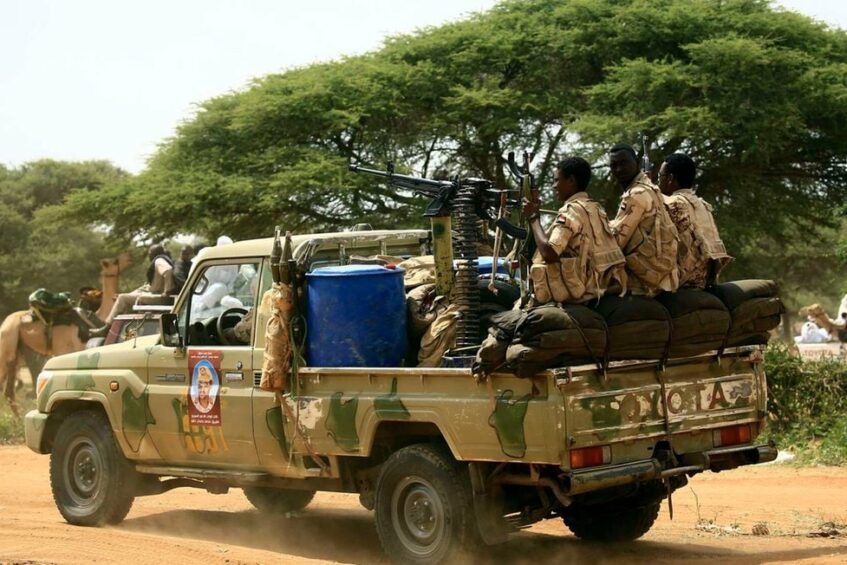Why officer marches in opposite direction after mounting quarter guard
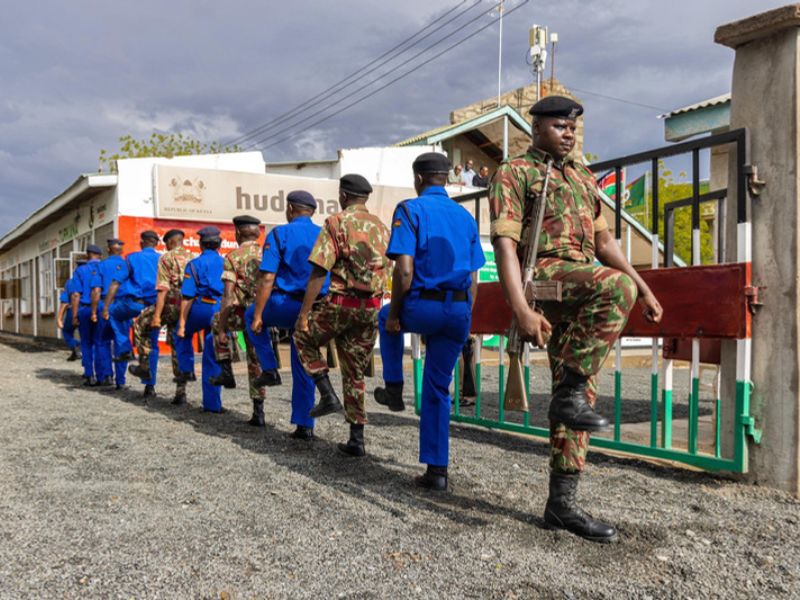
This has been seen during Interior Cabinet Secretary (CS) Kithure Kindiki's frequent visits to various parts of the country for security assessments.
Many civilians find it humorous when an officer moves in the opposite direction while marching out of a quarter guard parade.
This has become common during Interior Cabinet Secretary (CS) Kithure Kindiki's frequent visits to various parts of the country for security assessments.
More To Read
- Drought: Pastoralists to benefit from Sh1 billion restocking plan
- CS Kindiki warns against national leaders engaging in ethnic politics
- Kilifi North MP promises to address plight of police officers after viral plea
- Turkana set to receive more police reservists to boost security
- Turkana, Samburu communities denounce cattle rustling, vow to help State in banditry fight
- NIS to import passport printers as pressure mounts on CS Kindiki
Upon his arrival, the CS is often welcomed with a guard parade, mainly a quarter guard, that is mounted in his honour.
In several images shared by his press team last week, an officer on the edge of each guard was seen moving in the opposite direction, causing a buzz on social media.
The Eastleigh Voice sought to understand what moving in the opposite direction means.
Officers who spoke to us said the one who moves in the opposite direction is usually one of two sentries manning the entrance during high-profile visits.
A sentry is a person deployed to keep watch, mainly at the entrance to a police station, government infrastructure or security establishment.
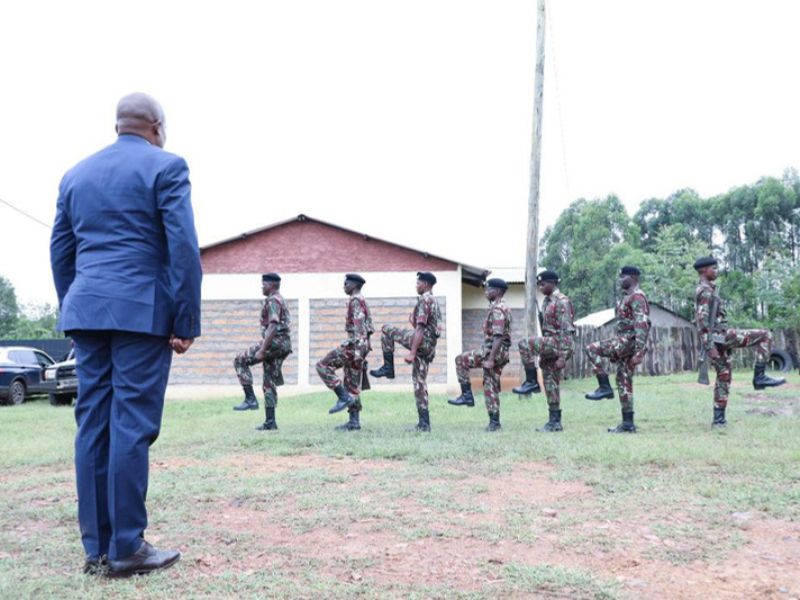 A quarter guard mounted for Interior Cabinet Secretary Kithure Kindiki at the start of his visit to Borabu, Nyamira County, on March 25, 2024, as part of efforts to stamp out livestock theft. (Photo: Interior ministry)
A quarter guard mounted for Interior Cabinet Secretary Kithure Kindiki at the start of his visit to Borabu, Nyamira County, on March 25, 2024, as part of efforts to stamp out livestock theft. (Photo: Interior ministry)
When orders are given for the guards to fall out (exit the parade), the sentry moves back to his duty station to continue the day's work alongside his colleague.
According to the National Police Service (NPS) standing orders, guards of honour, quarter guards and line inspections are only mounted for the president and a visiting head of a foreign country during state and semi-state occasions.
They are mounted after direct clearance from the inspector general's office and are subject to variation on the president's direction.
The guard commander must be a gazetted officer or a senior member of the inspectorate when a gazetted officer is not available, but all efforts shall be made to ensure the availability of a gazetted officer.
A gazetted officer is any officer holding the rank of superintendent or above.
Officers mounting a guard of honour must be fully kitted and armed with rifles and bayonets, as the guard commander carries a sword.
During the actual guard of honour, the guard commander is expected to accompany the dignitary on the inspection while walking on the side, further from the rank being inspected.
"On completion of the inspection, the commander shall accompany the personage back to the front of the guards and request permission to dismiss the guard. On permission being given, he or she shall again salute and return to his position in front of the guard," the standing orders state.
The guard shall remain in position until the dignitary has left and await the commander's call to dismiss.
Top Stories Today
